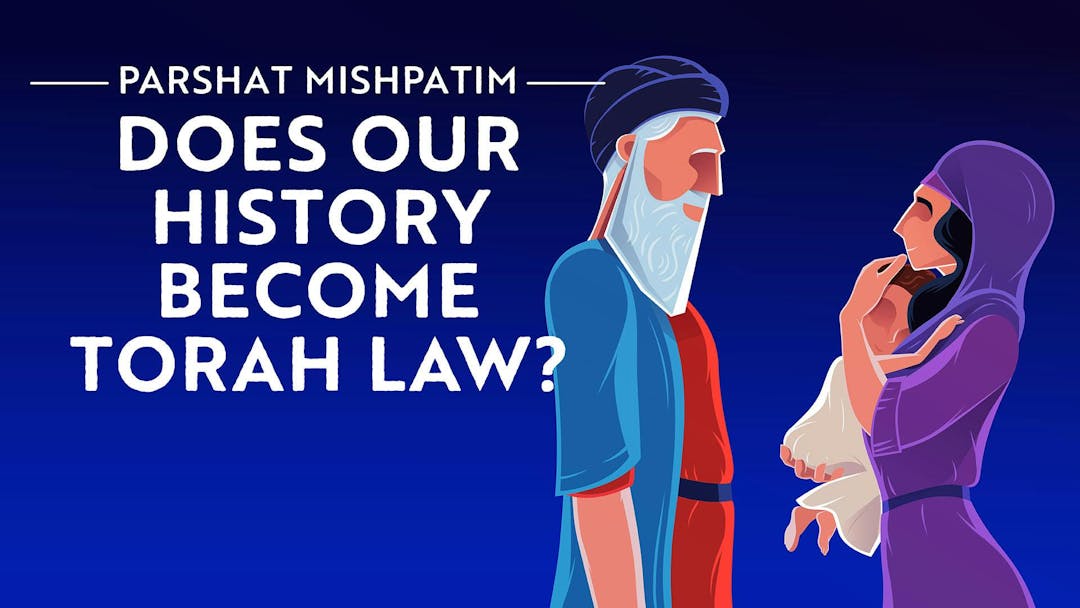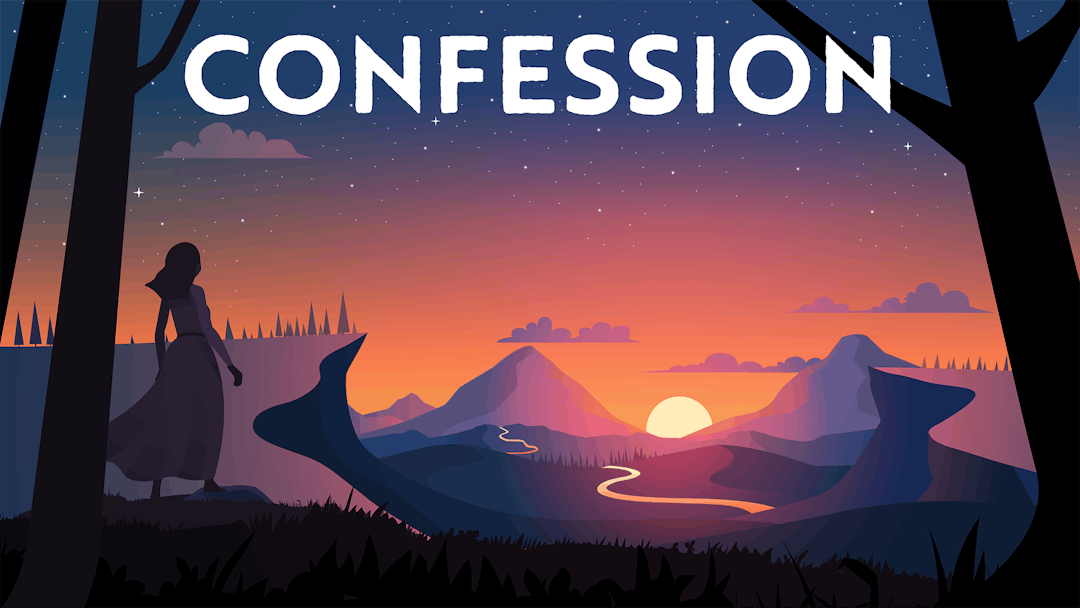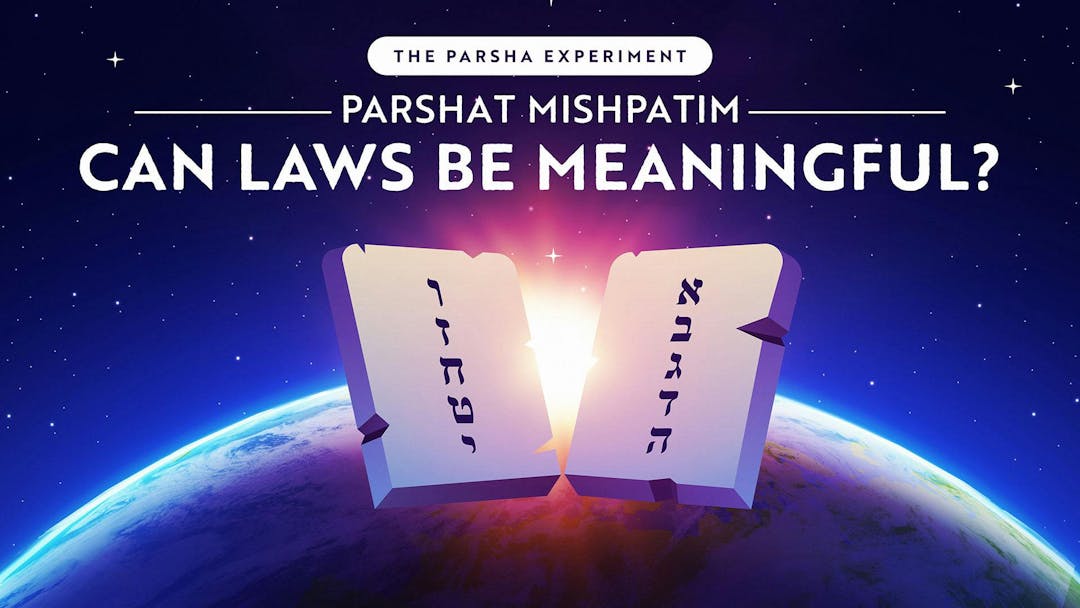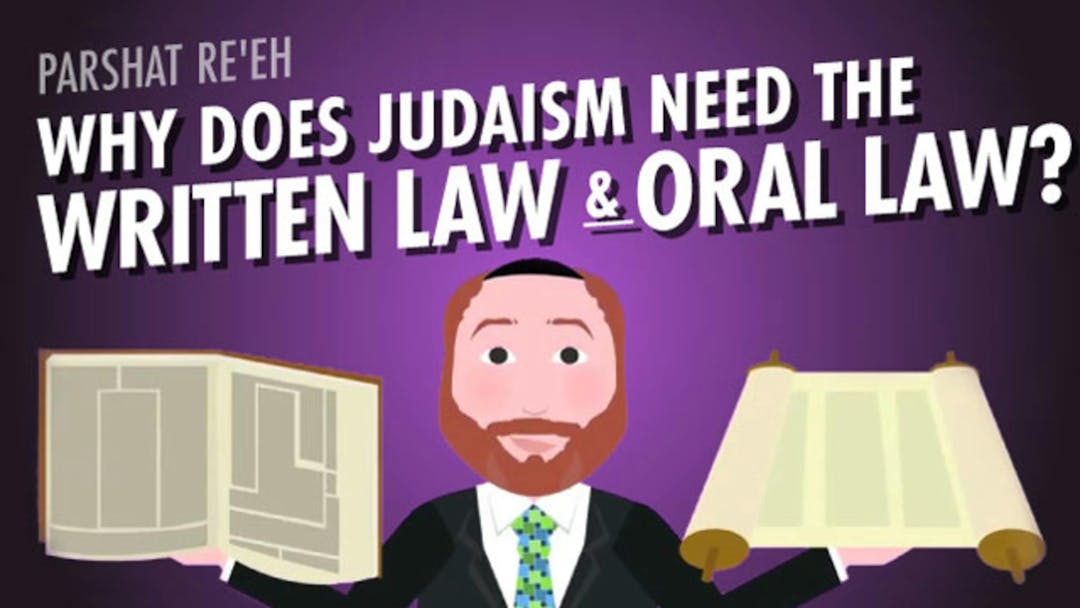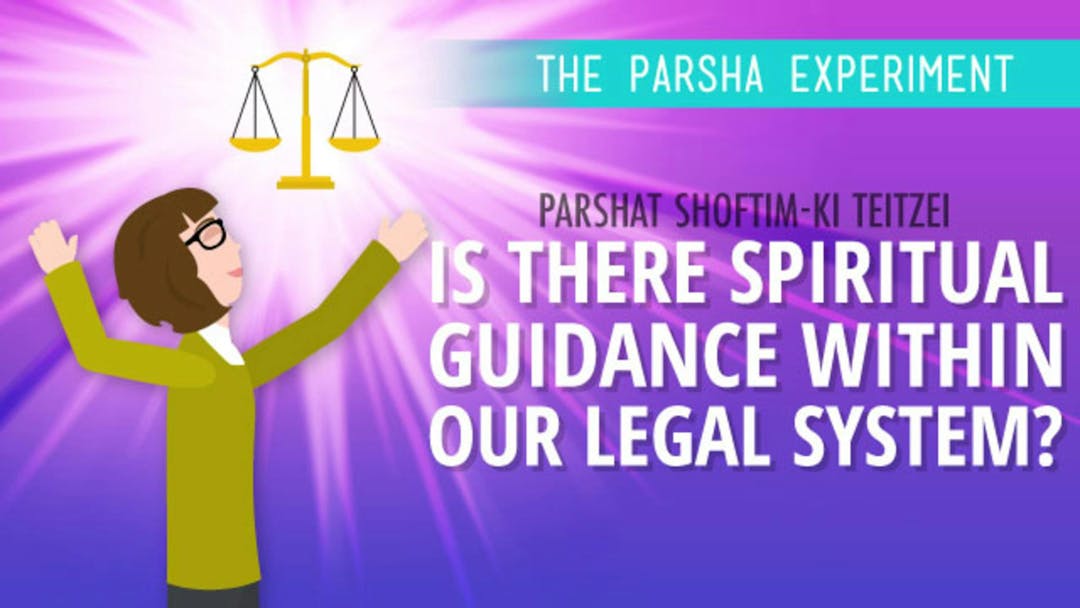Jewish Law
Halacha: A Guidebook for Meaningful Living
One major characteristic of Judaism is the governance of daily life by a comprehensive set of Jewish laws called Halacha. Far from cold, legalistic regulations, Halacha infuses Jewish life with intention, meaning, and guidance.
Videos
About Jewish Laws
All Halacha is ultimately derived from the Torah itself, although there are several categories of practical Jewish law, all of which function together in the Halacha system.
1. Laws laid out directly in the Torah are called “mitzvot”, which means “commandments” in English. These 613 commandments are found in or deduced from the five books of the Torah (the Written Law) as well as the Oral Law handed down from Sinai. These 613 mitzvot can be divided into two categories: 248 Mitzvot Aseh, positive or “You shall” commandments, and 365 Mitzvot Lo Ta’aseh, negative or “You shall not” commandments. As these laws derive most directly from God, Mitzvot D’Oraita—Commandments from the Torah—are observed with the utmost stringency whenever possible. The principles established in these Halakhot take precedence over any later development in Halacha.
2. Other parts of Halacha are derived from interpretation or logical deductions of the text of the Torah, and handed down through the Oral Law. Often, this part of Halacha is decided through debates among scholars written down in the Talmud.
3. Some logical deductions from the Written Law are considered part of the Mitzvot D’Oraita. However, many of these interpretations made by the Rabbis are classified as Mitzvot D’Rabbanan—Commandments from the Rabbis—and are given secondary status in the Halakhic hierarchy. These laws are those put in place by the sages throughout centuries of study and development.
D’Rabbanan can take several forms.
- A Gezeirah is an enhanced restriction on a law intended to protect a Mitzvah D’Oraita from being violated. These laws are often thought of as a legal “fence” around the original commandment.
- A Takanah is not related to an original Biblical commandment, but is a law put in place to address a communal need.
4. A Minhag is a custom adopted as part of Jewish tradition. These traditions often relate to ritual practice, and can have a high degree of variability based on geographical origin and even familial practice.
Deducing Jewish law from these original sources is a daunting task, one to which many Rabbis and Jewish scholars have dedicated their lives. Because of the dense and complicated nature of the Bible and Talmud, many explanatory texts have been produced throughout the centuries to clarify the practical application of Halacha.
Maimonides summarized all areas of Jewish law in the Mishna Torah, which was intended to be accessible to all Jews, though he did omit differing opinions. The simplifying process was further refined by Yaakov ben Asher, who wrote the Arbah Turim (or “the Tur”). The Tur omits the laws of Temple service, focusing on the practical requirements of Jews living in the Diaspora, but does cite opposing opinions.
By far the most influential codex of Jewish law is the Shulchan Aruch, by Rabbi Yosef Caro, a Sephardic scholar. The Shulchan Aruch, which means “set table,” definitively collects the Sephardic interpretation of Halacha, although was somewhat controversial as it did not cite alternative legal interpretations. Rabbi Moshe Isserles, an Ashkenazic Rabbi, wrote a commentary on the codex, inserting Ashkenazic practice where it differed from Caro’s decisions. These glosses are called the ha-Mapah, which means “tablecloth”. Together, the Shulchan Aruch and the Mappah have become one of the most seminal compilations of Jewish law ever produced.
The Shulchan Aruch is divided into the four sections laid out in the Arbah Turim.
- The Orech Chaim section describes the laws of daily life, Shabbat, holidays, and prayer.
- The Yoreh De’ah section lays out the laws of various ritual practices, including kashrut, conversion, and the giving of charity.
- The Even Ha Ezer section includes laws relating to marriage.
- The Choshen Mishpat lays out the laws of ethical business practices for employers and their workers.
Whether Halacha is learned from the original sources of the Torah and Talmud, or studied from a compendium like the Shulchan Aruch, the various elements of Halacha create a complex system that has guided and preserved Jewish life and religious practice through the centuries.
Daily Halacha
The system of Jewish laws known as Halacha or Halakha (plural “Halakhot”) is the blueprint upon which religious Jewish life is based. The word Halacha derives from the Hebrew root “halakh,” which means to walk or travel. Thus, these laws are the “roadmap” to leading successful lives as Torah-observant Jews.
Jewish law is extremely intricate and comprehensive, and sets out guiding principles for actions great and small. There are Halakhot about getting dressed and undressed, about marriage and married life, about what and how to eat... the list goes on.
But not all 613 mitzvot can be observed by everyone today, notably due to the loss of the Holy Temple and the Jewish Diaspora from Israel. Similarly, Halacha also has different requirements for different individuals (men versus women, children versus adults, and priests versus laypeople, for example), which means that no one individual could personally observe each one, even in the Temple era. However, yhe entire body of Halacha continues to be studied, as even the most inapplicable laws can impart both philosophical and practical lessons for modern life.
More than just adherence to a set of laws, observance of Halacha is a lifestyle that serves as a continual rededication to God and His commandments. The fundamentals of modern Jewish practice, such as the laws of kashrut, how to keep Shabbat and observe Jewish holidays, and how to interact with God and our fellow man, derive from Halacha study.
As society has changed over time, some ancient laws have found new applications and thus continue to define Jewish existence today. For example, lighting a fire on Shabbat is prohibited, but older Halakhic sources obviously do not speak of electricity. However, Jewish scholars applied several prohibitions against work on Shabbat to the revolutionary discovery, leading to the electrical and technologically-free Shabbat observance we know today.
This adaptive quality imparts a key reality of Halacha. It could easily be assumed that a vast system of ancient laws would be rigid and unchanging, unable to adapt to modern times. However, though the principles of Halacha remain firm, the applications are incredibly fluid. No matter the question (Can I use an elevator on Shabbat? Is lab-grown meat kosher?) Jewish law can provide a Torah-based answer, and guide our behavior even in modern times.
